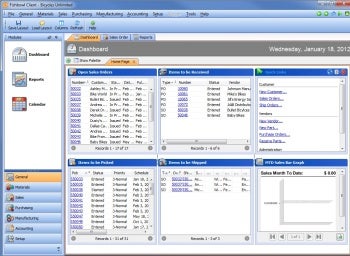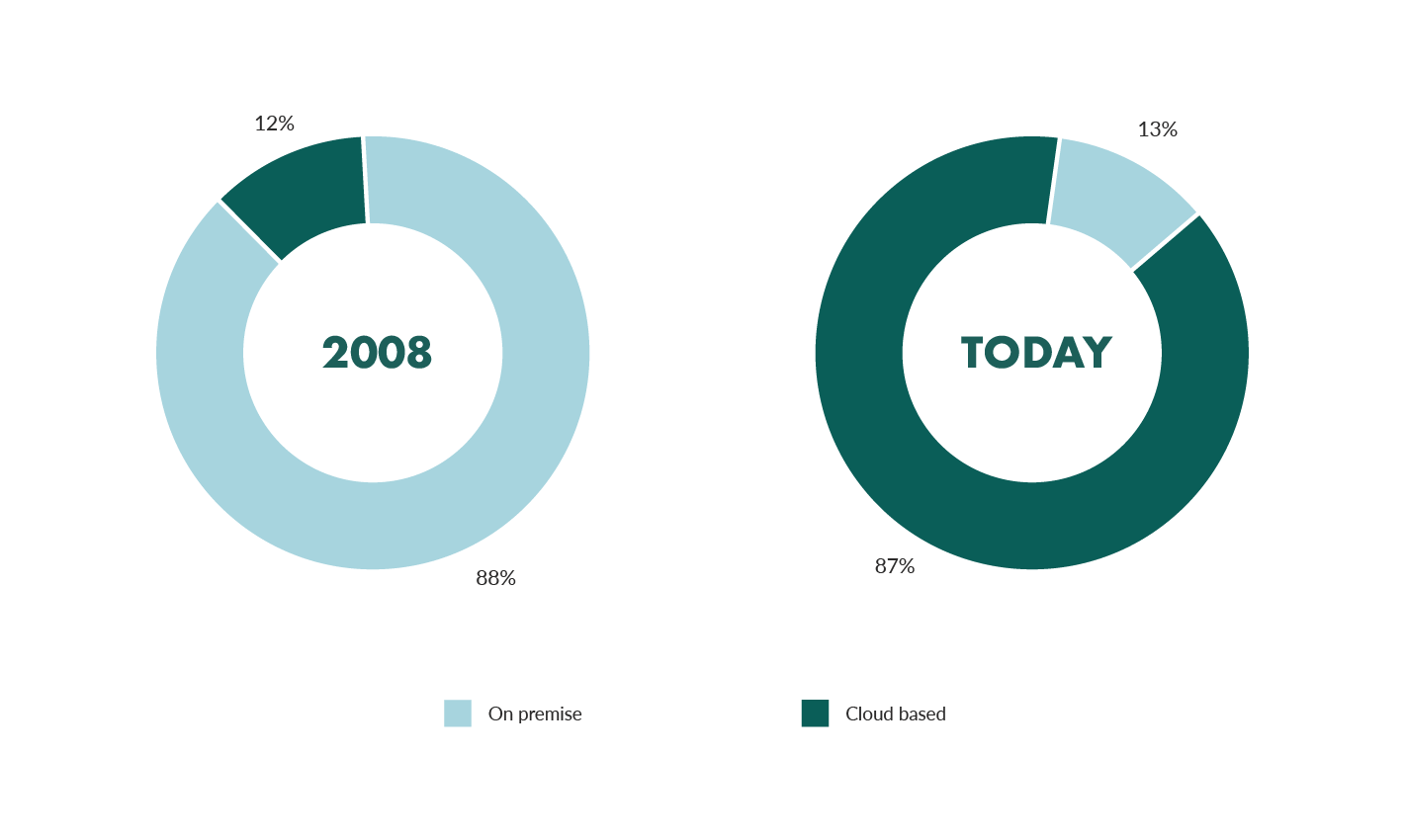

For example, in my world a sales process might start with a lead, progress to an opportunity, and then to a quote. So not only might a process span two entities, but the form itself is no longer tied simply to a single entity! The more I think about this, the more I appreciate its importance. Notice that the context of the first figure is the Opportunity record, while the context of the second is Lead. The second one is a close-up of what you might see if you clicked on the QUALIFY stage in the first figure: The first figure is the form for the overall sales process: The following two figures illustrate several of the significant changes from the current UI.

The updated user experience is a “… fresh, intuitive, and guided means for users to work through a business process toward a defined outcome… a more process-centric, outcome-oriented, and guided experience…” So the pre-defined sales and service processes are really just the first incarnation of a more fundamental redesign of the overall user experience: “Initially, the updated user experience (UX) will be enabled for sales and service processes but will be broadened in future releases.” The following figure provides a glimpse of what will be out of the box functionality in the next release:Įxperiences Process-Centric User ExperienceĪ careful read of the preview guide provides context for the pre-defined sales and service processes discussed above. For example, in Microsoft Dynamics CRM 2011 competitors and activities aren’t available at a glance on the default opportunity form, and there’s really no built-in concept of stakeholders (influencers, decision makers, team members…). This is described as “… additional capabilities to track and manage stakeholders, competitors, and sales teams for leads, opportunities, contacts, and accounts.” This is really a part of the pre-defined sales processes just discussed, as well as of the “process-centric user experience” described below. It’s things like this that provide ongoing work to book authors, so keep your eyes open for the revised Second Edition of Building Business with CRM: Using Processes in Microsoft Dynamics CRM early in 2013! This has been gone since the 4.0 release, with all entities treated the same, and processes for all of them created in a single workflow designer. We’ve seen something similar before, btw: Microsoft Dynamics CRM 3.0 had a special type of sales process specifically for opportunity records, with built-in stage-gating and other aspects characteristic of staged sales processes. So rather than using the existing workflow process designer, it looks like we’ll get a new tool specifically for tailoring these new pre-defined processes.

Applications Pre-Defined Sales and Service Processes But the editorial commentary, speculation, and educated guesses are all mine, so take it with as many grains of salt as necessary.

I used the organizational scheme of the preview guide, breaking features out into the same three categories (Applications, Experiences, Platform), and all screenshots and quotations are directly from the same document. This article’s my take on what you can expect and the relative importance of the new features. The most substantive official document is the Release Preview Guide, available here. Last week’s big news for Microsoft Dynamics CRM was the official announcement of the December 2012 Service Update.


 0 kommentar(er)
0 kommentar(er)
